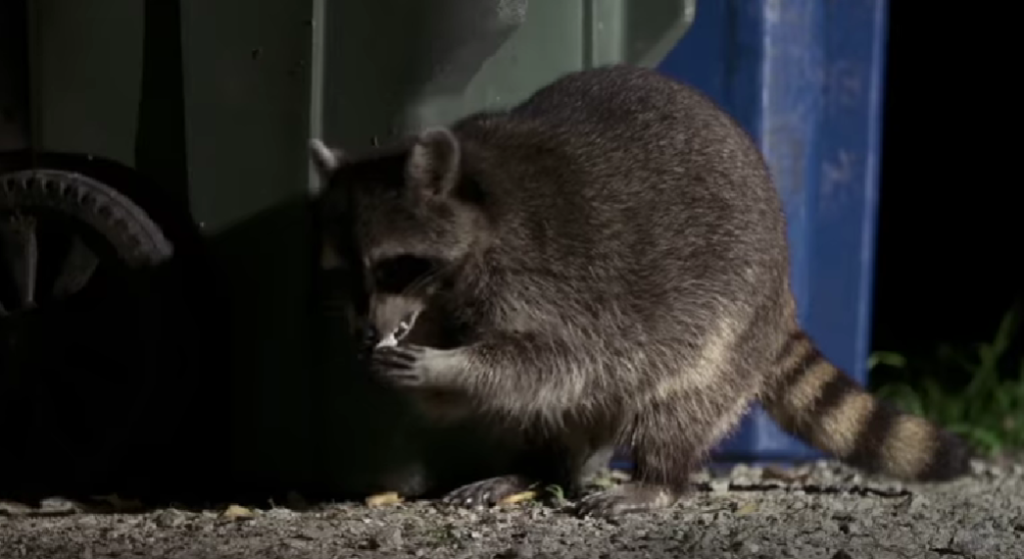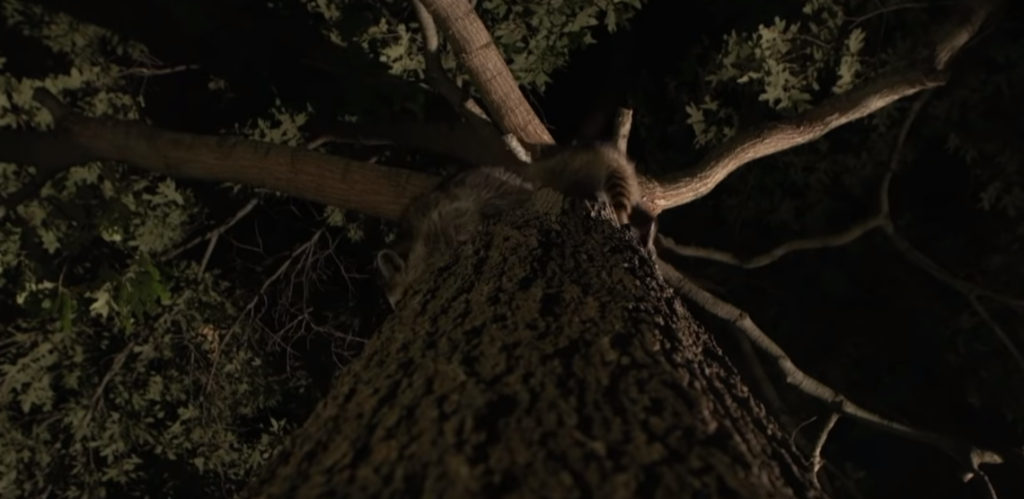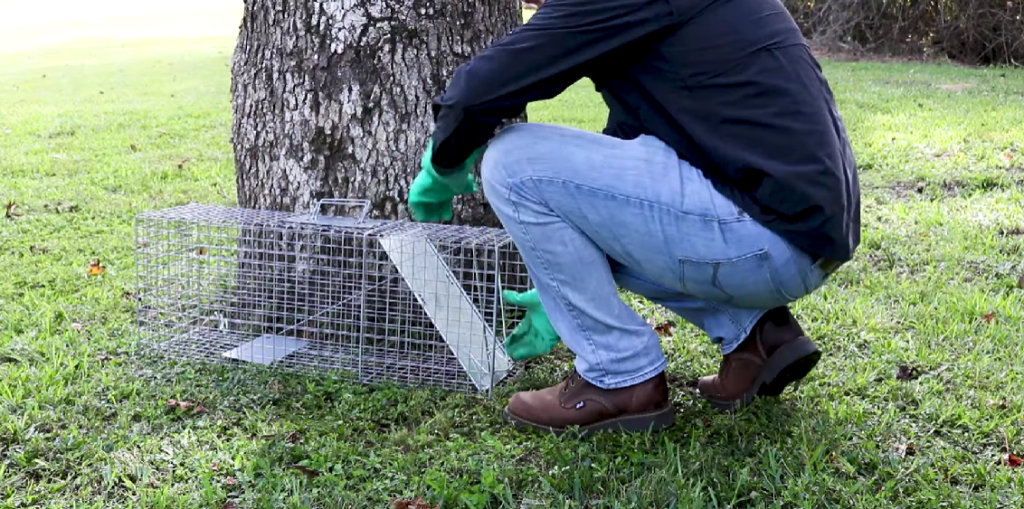Catching a raccoon may be a daunting task for many people, especially those unfamiliar with the species. There are a variety of techniques and equipment that can be used to capture a raccoon.
In this article, we will discuss what is the easiest way to catch a raccoon and provide an overview of some of the most effective techniques.
Introduction To Raccoons:
Before attempting to capture a raccoon, it is important to understand the behavior of these animals. Raccoons are nocturnal creatures and generally active at night. They are also highly intelligent and very curious creatures that can become easily habituated to humans if not careful.

Raccoons are omnivores and have an affinity for sweet and fatty foods, so food can be used as bait when attempting to catch them in traps.
Understanding Raccoon Behavior:
Having an understanding of raccoon behavior is key when attempting to capture them. It is important to know their habits such as where they sleep during the day, what they eat, where they travel, etc.

Knowing this information will help you better determine which type of trap will be most successful in capturing your target animal.
Bait Strategies For Catching Raccoons:
Using bait is one of the most effective ways to attract raccoons into traps. As mentioned before, raccoons have an affinity for sweet or fatty foods. Such as canned cat food or peanut butter smeared on breadcrumbs or cereal pieces.
You can also try using marshmallows or other sugary treats as bait for raccoons hunting. If you want something less messy than peanut butter or canned cat food. This strategy works best when combined with other trapping techniques. Such as placing the trap near known dens or pathways in which the animal travels regularly.
Types Of Traps For Catching Raccoons:
There are several types of traps that can be used for catching raccoons including live traps, box traps, and body grip traps (also known as Conibear traps).
Live traps are designed to lure animals into cages with bait placed inside while box traps use spring-loaded doors. That close once an animal enters the trap enclosure in pursuit of bait placed inside.
Body grip traps use a mechanism that triggers when an animal steps onto it. Trapping them instantly in powerful jaws which must then be released manually by someone afterwards. These should only be used by experienced trappers due to their potential danger if mishandled incorrectly.
Choosing The Right Trap:
Choosing the right trap depends on several factors including size (raccoon vs other animals), location (indoors vs outdoors). How much space you have available for trapping (large cage vs small box). How much time you want to spend monitoring your trap (live trap requires more frequent visits than body grip).
It is important to do research before choosing any type of trap so you know exactly what you’re getting yourself into. Before attempting any type of trapping activity involving raccoons or any other wildlife species for that matter.
Setting The Trap:
Setting a trap is one of the most effective ways to catch a raccoon. There are various types of traps available on the market, such as cage traps, live catch traps, and snare traps. It is important to choose the right type of trap for your needs. And make sure it is properly set up with bait.

For example, if you are trapping a raccoon in your yard, you can use a cage trap with bait such as canned cat food or marshmallows. If you are trapping a raccoon near your home or in an area where there is no access to food. Then you may want to use a live catch trap or snare trap.
Checking And Maintaining The Trap:
Once you have set up the trap, it is important to check it regularly for any signs of activity. If you notice that a raccoon has been caught in your trap, it is important to take action immediately. As they can quickly become distressed and escape from their captivity.
It is also important to maintain the trap by cleaning it regularly. And checking for any damage that could affect its effectiveness.
Relocating A Captured Raccoon:
If you have successfully trapped a raccoon, then it’s time to relocate it away from your home or property. The best thing to do is call animal control or wildlife removal services. Who will be able to help you safely and humanely relocate. The animal away from your property in accordance with local laws and regulations.
It’s also important not to release them near other homes or populated areas. As this could lead to further problems with local wildlife populations.
Professional Assistance For Trapping Raccoons:
If you are unsure about how best to catch a raccoon or would like some professional advice on how best to go about trapping one. Then it’s always best to contact an experienced wildlife removal service who will be able to provide expert. Advice on how best to go about catching one safely and humanely without causing any harm. Either yourself or the animal involved.
FAQ & Answers:
What Type Of Bait Should I Use When Setting Up My Trap?
The type of bait will depend on where you are setting your trap up but generally speaking canned cat food or marshmallows work well. When trying lure in raccoons into cages traps while nuts and seeds work better with live catch traps or snares.
How Often Should I Check My Trap?
You should check your traps every few hours so that if there has been any activity. Then action can be taken immediately before the animal escapes from its captivity.
Conclusion:
Trapping raccoons can be tricky but if done correctly can be an effective way of controlling. Any pest problems caused by these animals in your home or property.
It’s always important that when trapping any wild animal that you take all necessary precautions. Such as using only humane methods of capture. And relocating them away from populated areas so as not cause any further disruption of local wildlife populations.